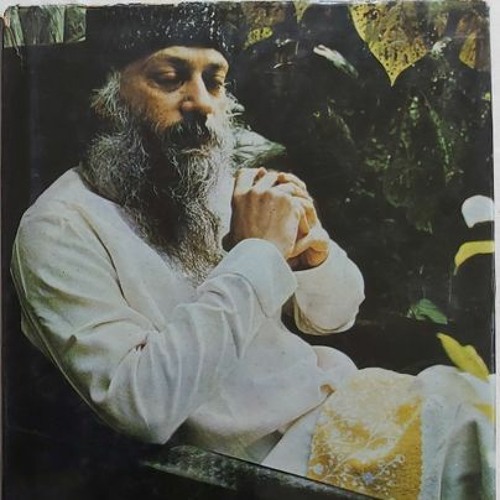

Around this time he "acquired a business manager" from the upper echelons of Indian society, Laxmi Thakarsi Kuruwa, a politically well-connected woman who would function as his personal secretary and organisational chief. As Goldman expresses it, his rapidly growing clientele suggested "that he was an unusually talented spiritual therapist". The association formed at this time was known as Jivan Jagruti Andolan ( Hindi: Life Awakening Movement). By 1964, a group of wealthy backers had initiated an educational trust to support Rajneesh and aid in the running of meditation retreats.

He became known as Acharya Rajneesh, Acharya meaning "teacher or professor" and "Rajneesh" being a childhood nickname (from Sanskrit रजनि rajani, night and ईश isha, lord). He criticised socialism and Gandhi, but championed capitalism, science, technology and birth control, warning against overpopulation and criticising religious teachings that promote poverty and subjection.
BHAGWAN OSHO FREE
He lectured throughout India during the 1960s, promoting meditation and the ideals of free love, a social movement based on a civil libertarian philosophy that rejects state regulation and religious interference in personal relationships he also denounced marriage as a form of social bondage, especially for women. Rajneesh began speaking in public in 1958, while still a lecturer (later professor) in philosophy at Jabalpur University. Rajneesh's birthday celebrations at his Bombay residence on 11 December 1972 There are a number of smaller centres of the movement in India and around the world including the United States, United Kingdom, Germany, Italy and the Netherlands. In the United States, following a 10-year legal battle with Osho Friends International (OFI), the OFI lost its exclusive rights over the trademark OSHO in January 2009. In the late 1990s, rival factions challenged OIF's copyright holdings over Rajneesh's works and the validity of its royalty claims on publishing or reprinting of materials. They jointly administer Rajneesh's estate and operate the Osho International Meditation Resort in Pune. The Osho International Foundation (OIF), previously Rajneesh International Foundation (RIF), is managed by an "Inner Circle" set up by Rajneesh before his death. The movement in India gradually received a more positive response from the surrounding society, especially after the founder's death in 1990. The Oregon commune was destroyed in September 1985. The movement's headquarters eventually returned to Poona (present-day Pune), India. After his deportation, 21 countries denied him entry. The Bhagwan, as Rajneesh was then called, was deported from the United States in 1985 as part of his Alford plea deal following the convictions of his staff and right hand Ma Anand Sheela, who were found guilty of the attack. Salmonella bacteria was deployed to infect salad products in local restaurants and shops, which poisoned several hundred people.

Turner as part of the United States's first recorded bio-terror attack calculated to influence the outcome of a local election in their favour, which ultimately failed. In Oregon, the movement's large intentional community of the early 1980s, called Rajneeshpuram, caused immediate tensions in the local community for its attempts to take over the nearby town of Antelope and later the county seat of The Dalles.Īt the peak of these tensions, a circle of leading members of the Rajneeshpuram Oregon commune was arrested for crimes including an attempted assassination plot to murder U.S. The positive aspects were seen as being subverted by Rajneesh, who was seen as a reactionary ideologue of the monopolistic bourgeoisie of India, promoting the ideas of the consumer society in a traditional Hindu guise. In the Soviet Union, the movement was banned as being contrary to "positive aspects of Indian culture and to the aims of the youth protest movement in Western countries". The movement was controversial in the 1970s and 1980s, due to the founder's hostility to traditional moral values, first in India and later in the United States. Members of the movement are sometimes called Oshoites in the Indian press. They used to be known as Rajneeshees or "Orange People" because of the orange and later red, maroon and pink clothes they used from 1970 until 1985. The Rajneesh movement are people inspired by the Indian mystic Bhagwan Shree Rajneesh (1931–1990), also known as Osho, particularly initiated disciples who are referred to as "neo-sannyasins". India, Nepal, Germany, Italy and United StatesĪntelope, Oregon, Pune, Rajneeshpuram, The Dalles, Oregon, Wasco County, Oregon Rajneesh and disciples in darshan at Poona in 1977


 0 kommentar(er)
0 kommentar(er)
